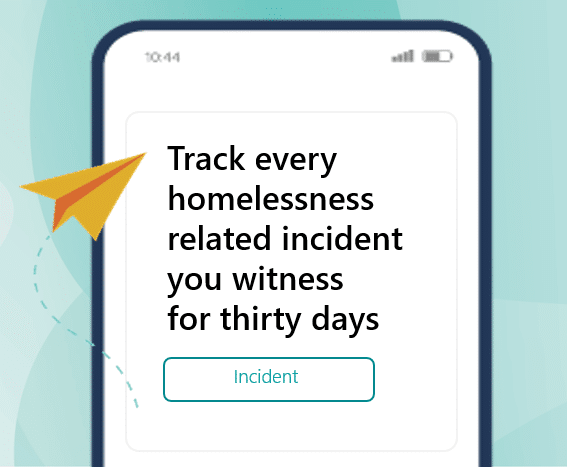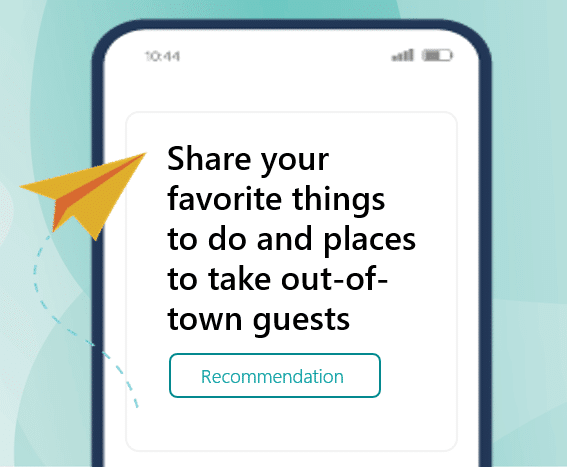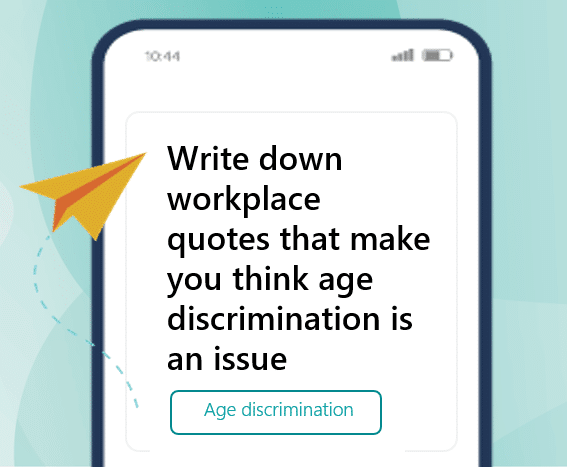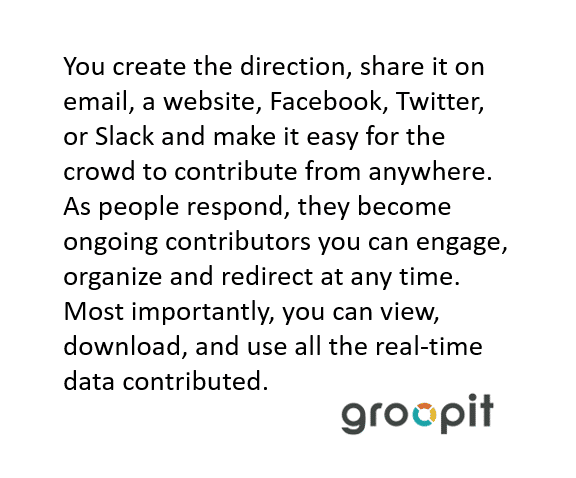Early in my career I led the Microsoft Customer Design Center responsible for transforming over 100 siloed internet services into three suites that worked together – Windows Live, MSN, and Bing. To do this it took a very large extended team made up of countless people from engineering, sales, marketing, branding, content providers, vendors, and executives.
Extended teams are people who work outside of the traditional core team. They work across departments, disciplines, geographies, organizations, industries, or areas of expertise.
I spent over 25 years leading and researching extended teams to gain a deep understanding of who they are, how they work, the problems they solve, what they need to thrive, and where they break down.
I studied how extended teams functioned and dysfunctioned during some of the most intense problems I could find from the prevention of crime and terrorism, recovery after disasters, to outbreaks of infectious disease. My mission was to figure out what holds extended teams back and specifically, if the technology they were using, or the lack thereof, holds them back.
Throughout my research, extended teams broke down in consistent areas. This was true, no matter what subject matter or objective they were working toward. I share three of the main areas of breakdown in our latest whitepaper, “Crowdsolving: A guide to accelerate results with an extended team and real-time information”.
I discovered that traditional technologies and strategies used by core teams don’t work for extended teams. The work of an extended team is not linear — it is fluid, complex, and often slow. Leaders needed a way to transform how their extended teams operate. They needed better technology to overcome these challenges and realize the true potential of their extended teams.
The answer is in crowdsolving. The best way to get extended teams to work together to problem-solve faster and accelerate business initiatives is by implementing a crowdsolving strategy.
Crowdsolving is the idea that loosely connected people can come together to solve difficult problems and bring the biggest ideas to life. I took this idea, my expertise, a relentless desire to get to simple and designed a software architecture to enable crowdsolving at scale. Crowdsolving is a new category of software that makes it easy for loosely connected people to work together as an extended team to solve problems and reach business goals. Stay tuned as I share a deeper dive into crowdsolving in a future article here.
Groopit is a SaaS solution that brings crowdsolving capabilities to businesses, governments, and organizations of all types. It allows organizers to create extended teams online, define the real-time data members should report, and set up forms that make real-time reporting easy. Extended team members have visibility into the moment-by-moment evolution of any endeavor, and the collaboration tools they need to solve problems in real-time.
You can read more about crowdsolving and how Groopit can simplify the way extended teams work together in my new whitepaper: Crowdsolving: A guide to accelerate results with an extended team and real-time information. If you have any questions or thoughts you want to share with me or want to learn more about how crowdsolving can help your organization, feel free to reach out at tammy@groopit.co.





